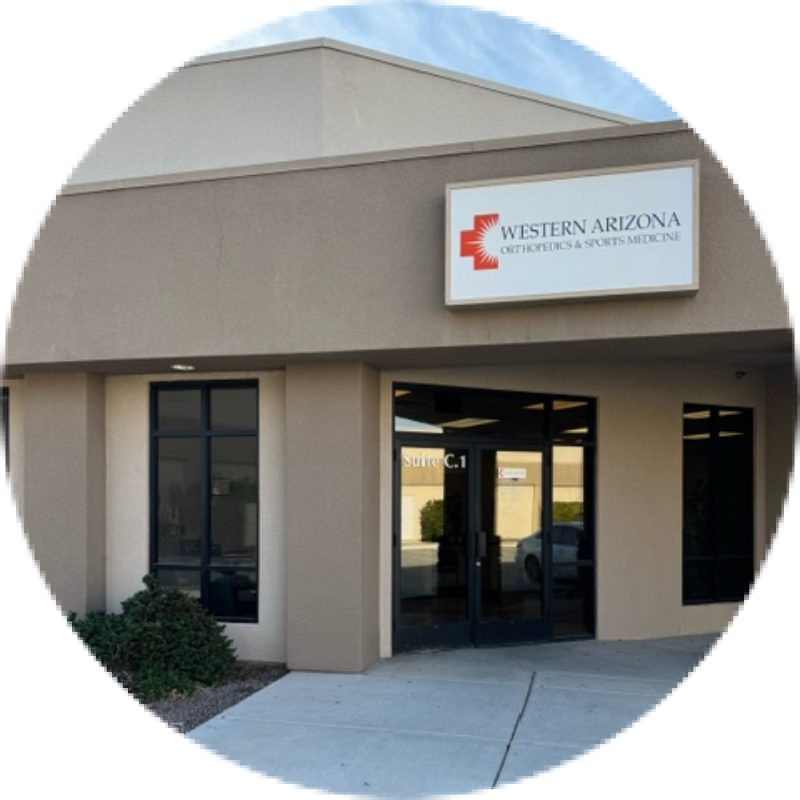Arthritis
Osteoarthritis (OA)
Osteoarthritis is sometimes called degenerative arthritis because it is a “wearing out” condition involving the breakdown of cartilage in the joints. Joint cartilage is a gel-like protective tissue found at joint surfaces that provides support and lubrication during movement. When cartilage wears away, the bones rub against each other, causing pain and stiffness. OA usually occurs in people over age 50, and often in people with a family history of osteoarthritis.
Rheumatoid Arthritis (RA)
This disease produces chemical changes that cause the synovial membrane (the membrane that surrounds the joint) to become thickened and inflamed. In turn, too much synovial fluid (the fluid that lubricates the joints) is produced. The result of this chronic inflammation is cartilage loss, pain, and stiffness. RA affects women about three times more often than men,* and may affect other organs of the body, including the skin and heart.**
*www.mothernature.com
**www.jointpainny.com
Post-Traumatic Arthritis
This condition may develop after an injury to the joint in which the bone and cartilage do not heal properly. The joint is no longer smooth, and these irregularities lead to more wear on the joint.
Paget’s Disease
This is a bone disease that often affects the hip, in which bone formation is accelerated. The density and shape of the bone changes, which in turn causes bone pain and inflammation of the joints.
Avascular Necrosis
This disease can result when a bone is deprived of its normal blood supply, which may happen after organ transplantation or long-term cortisone treatment. Without proper nutrition from the blood, the bone’s structure weakens and may collapse and damage the cartilage.
Osteoarthritis – Definition
Osteoarthritis, sometimes referred to as degenerative joint disease, is a type of arthritis that affects the cartilage around joints. Joint cartilage is a gel-like protective tissue found at joint surfaces that provides support and lubrication during movement. When the surface layer of this tissue breaks down, the bones rub together during joint movement, causing pain, swelling, and restricted movement. Although it can occur in any joint, osteoarthritis most often involves the hands, knees, hips, and spine.
It is thought that a number of factors cause this condition, including the natural aging process, joint injury, and repetitive stress from certain jobs or sports activities. Diabetes, gout, and some genetic conditions may also put you at risk.
Osteoarthritis Treatment
The treatment for osteoarthritis concentrates on preventing further joint damage. Lifestyle changes such as weight loss, joint strengthening exercises, and assistant devices (orthoses) are recommended. Physical therapy may also help restore joint movement.
Your doctor may initially suggest acetaminophen and nonsteroidal anti-inflammatory drugs (NSAIDs) to minimize pain. In later stages of the disease, several surgical options may need to be discussed. Arthroscopy, for example, entails using a camera to examine the joint and repair the cartilage at the joint surface. Arthrodesis involves the surgical fusion of the bony ends of the joint. Replacement with an artificial joint to maintain function is yet another surgical option.
If you suspect that you have signs or symptoms of osteoarthritis or have risk factors for osteoarthritis, please see your doctor to discuss further evaluation and treatment.






